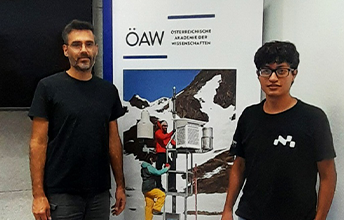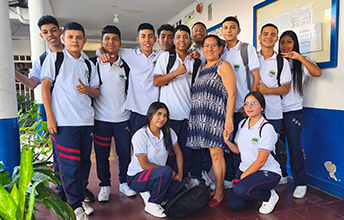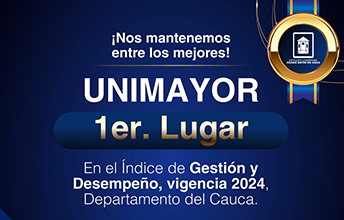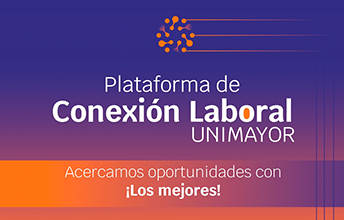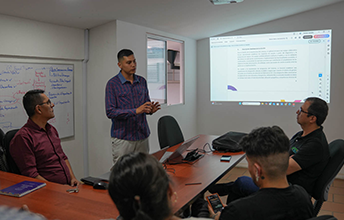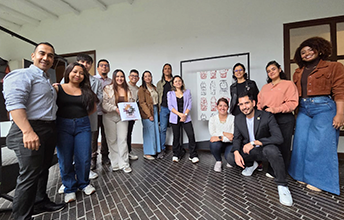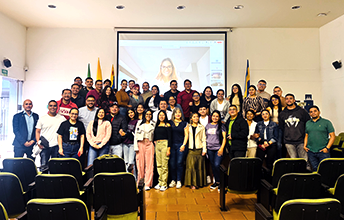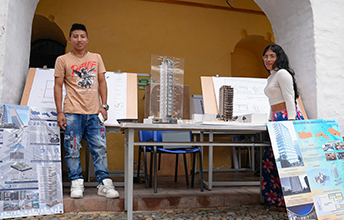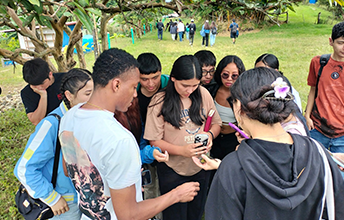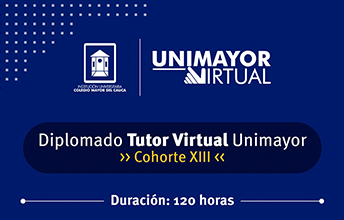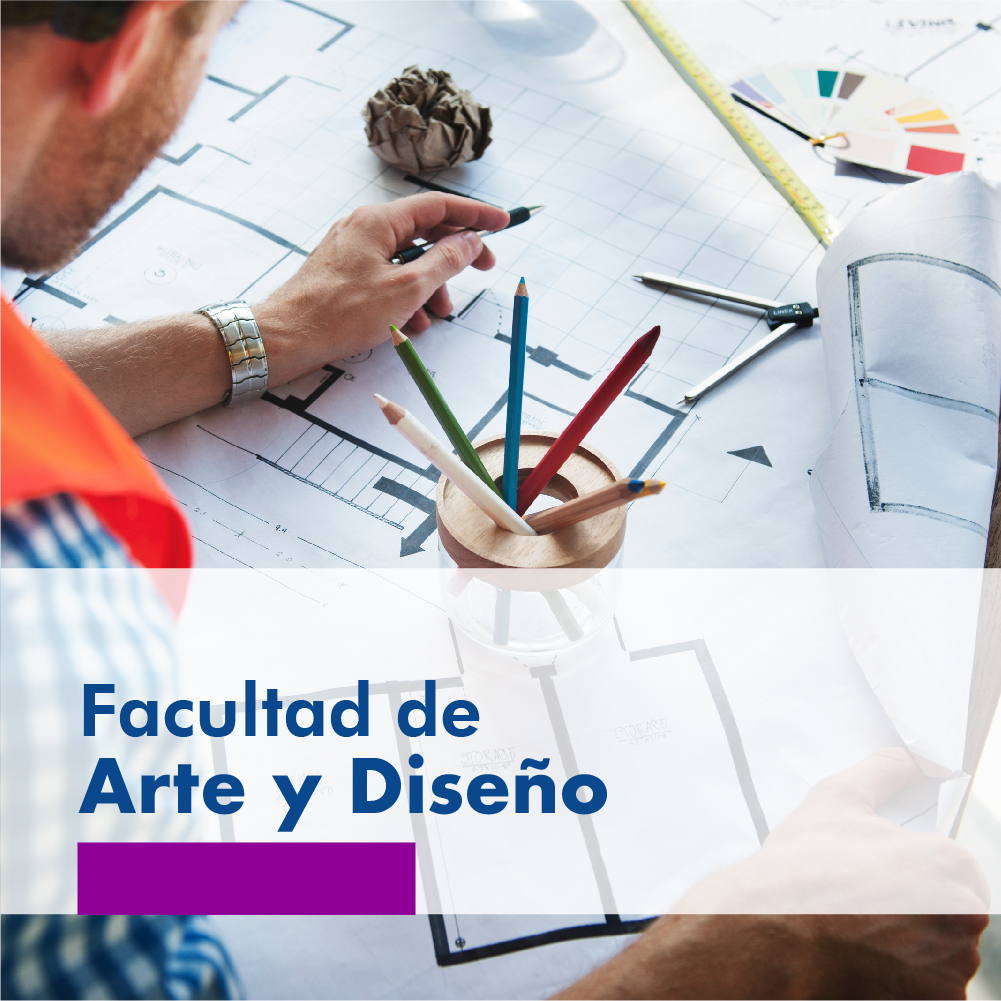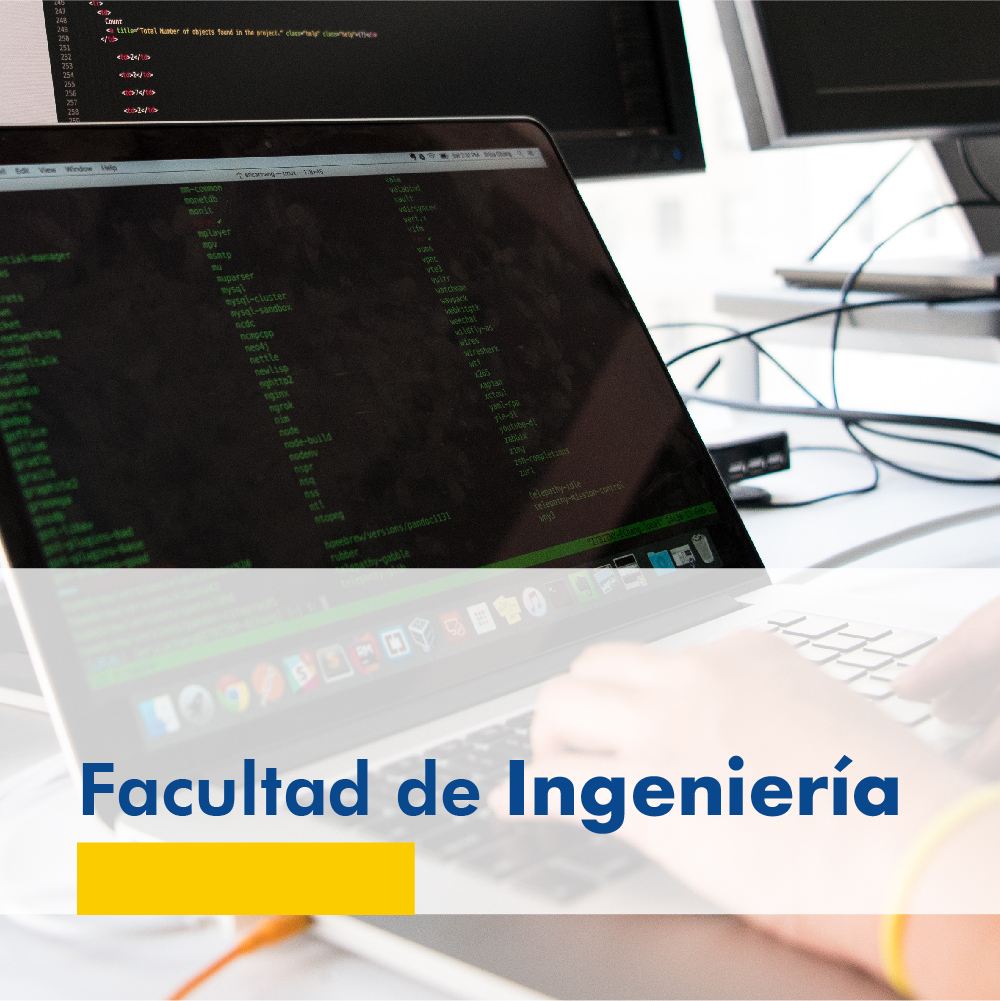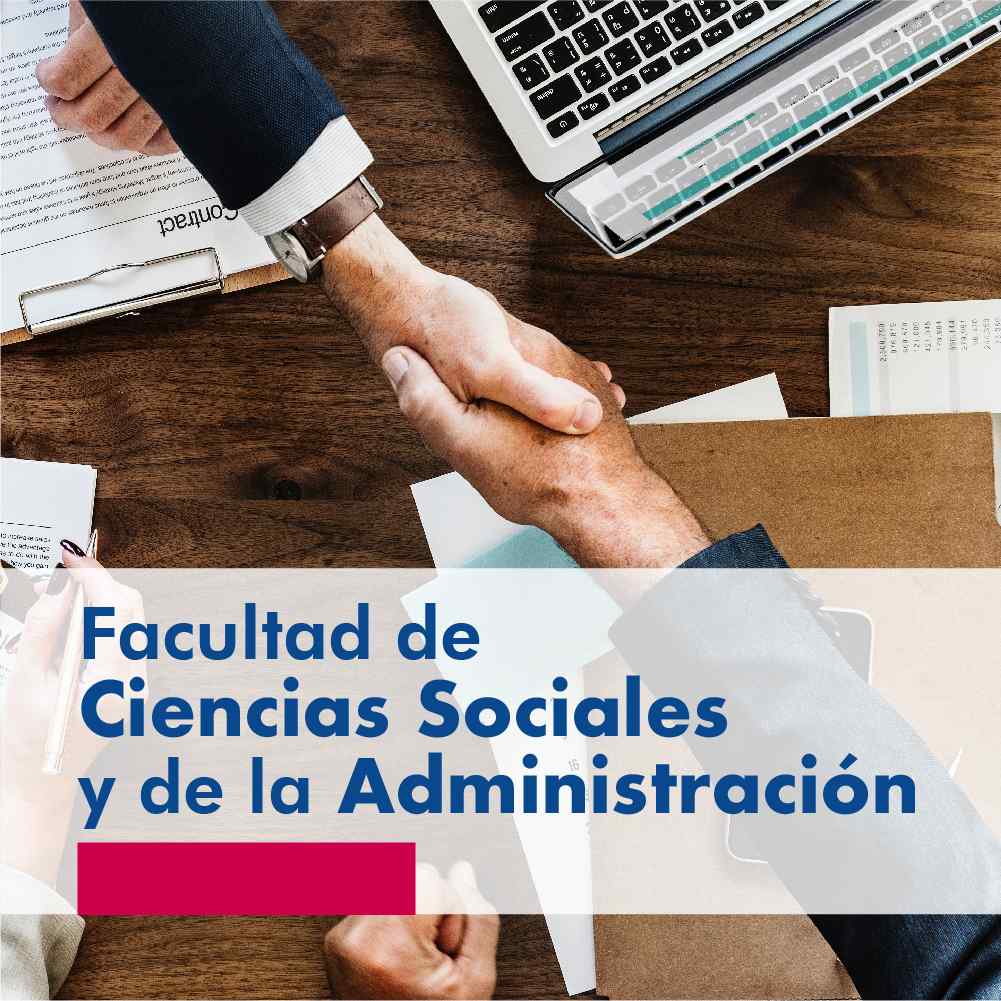- Webmanager
- About Us

The internal structure at the Institution was established through Departmental Decree No. 073 of 01 February 2007, thus:
1. Board of Trustees
2. Academic Board
3. Rectory
4. Academic Vice-Rectory
4.1. Faculty of Art and Design
4.2. Faculty of Social and Administration Sciences
4.3. Faculty of Engineering
5. General Secretariat
6. Consultancy and Coordination Bodies
7. Coordination Committee of the Internal Control System
8. Staff Commission
The current structure is pertinent and adequate for a University Institution, given that it is flat, non-hierarchical, permitting clear identification of its areas, functions and relationships amongst themselves.
The Area that concentrates the Institution’s support processes is the General Secretariat and the areas in charge of mission-academic processes are the Vice-Rectory and Faculties. Each Faculty has ascribed distinct programs and has a Faculty Board as will be indicated ahead.
This structure can be seen in an organizational diagram that has been conceived with a concentric scheme that seeks to symbolize the projection of the Institution to the community through all its areas, which reaffirms the use of the colors that have been adopted institutionally, such as blue and yellow.
This scheme also reflects the different relationships amongst the areas; therefore, the lines of authority are established as is the case of the Board of Trustees with the Rectory and its relationship with the General Secretariat and the Vice-Rectory and – in turn – its relationship with the Faculties.
The lines of coordination are established between the General Secretariat and the Academic Vice-Rectory and among the Faculties.
Also contemplated are the consultancy lines noted with respect to the Academic Board, planning committee, University welfare committee, faculty staff committee, curricular committee, and research committee.












